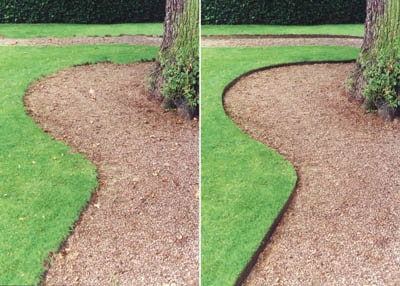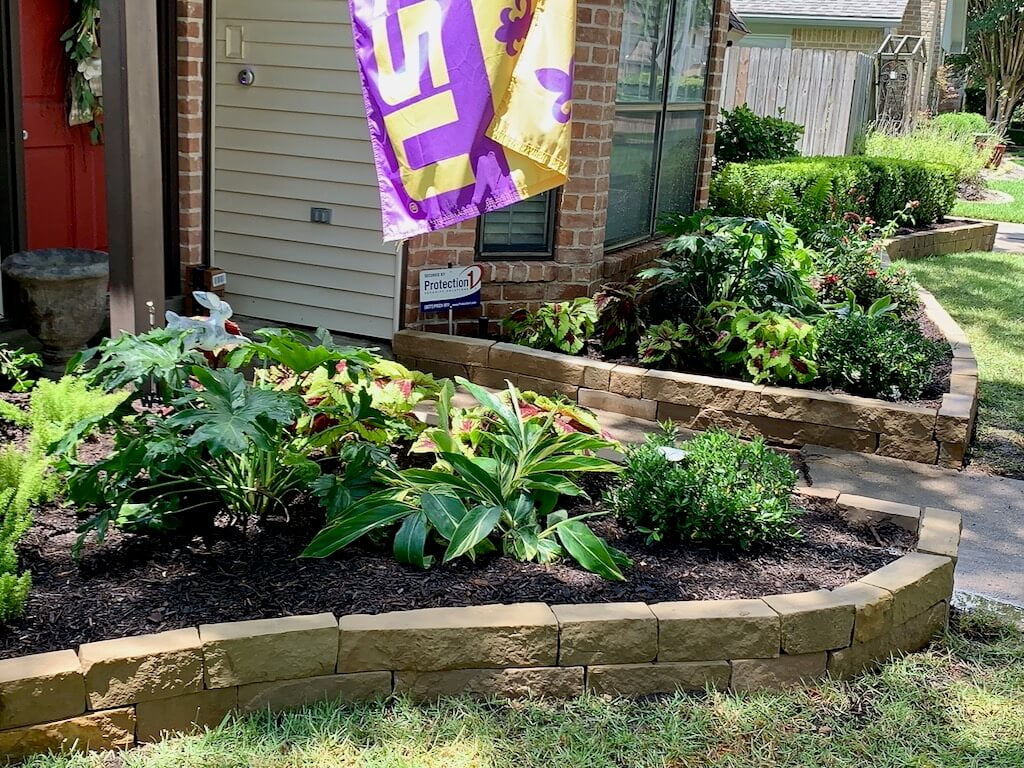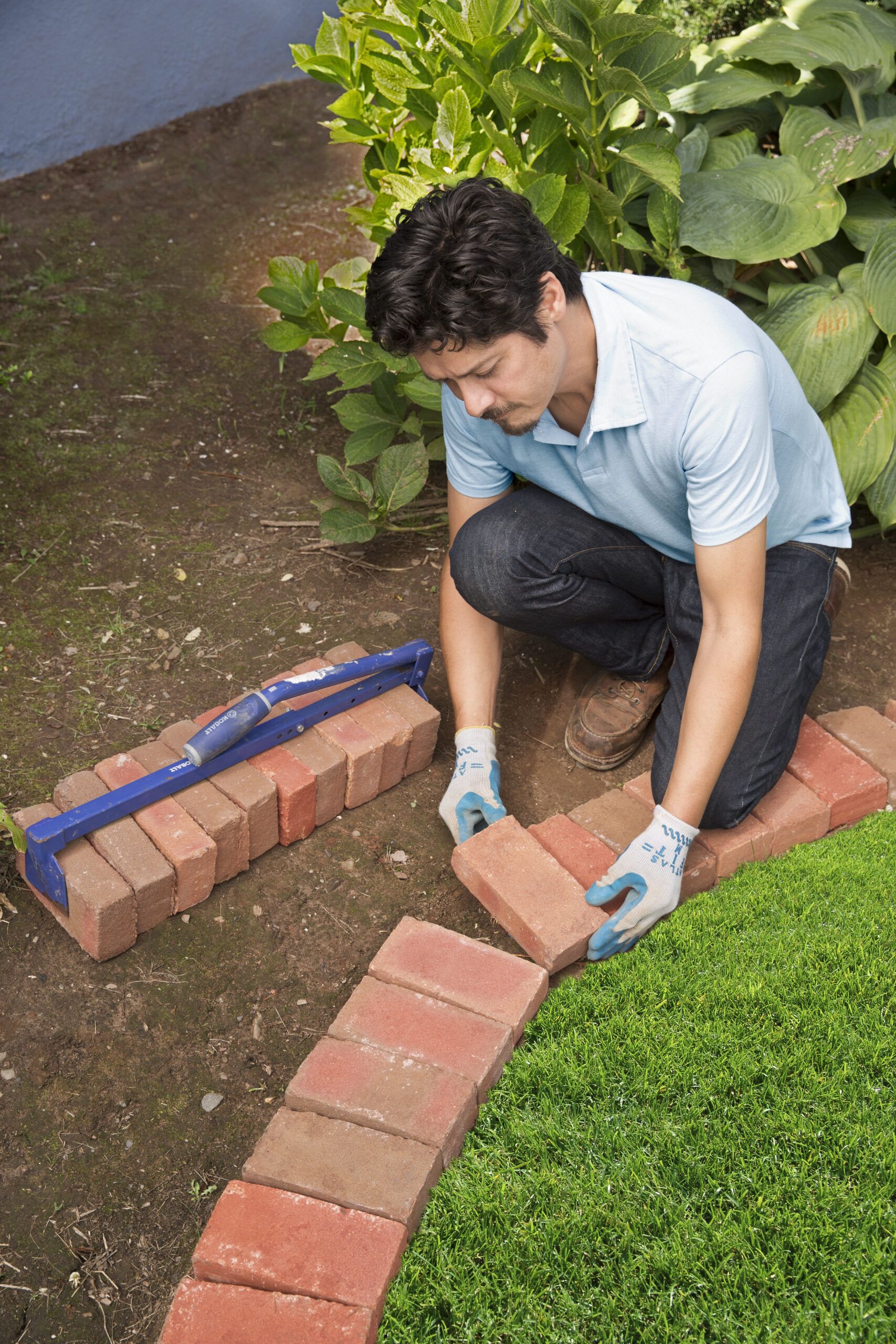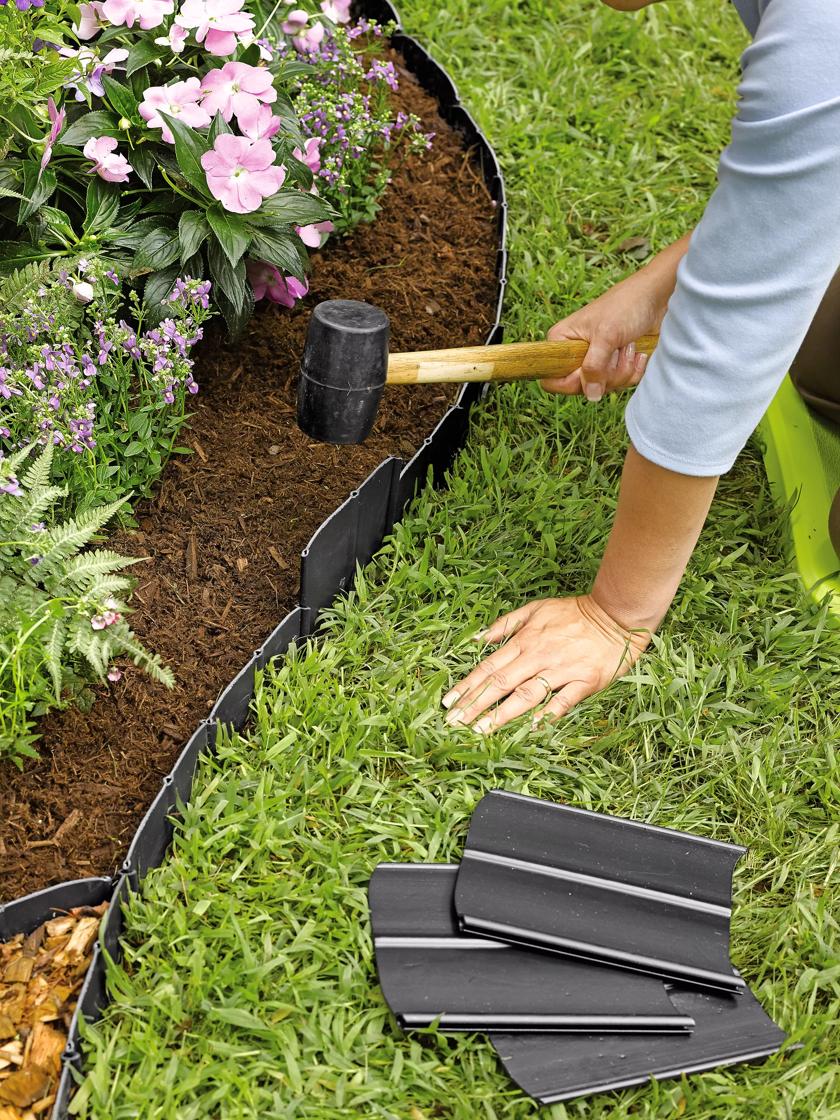Landscape Bed Edging: How To Create A Sharp And Professional Look
Landscape Bed Edging: How to Create a Sharp and Professional Look
Landscape edging is a great way to add definition and structure to your yard. It can help to keep your plants and flowers in place, prevent weeds from spreading, and create a more polished look overall. There are many different types of landscape edging available, so you can choose one that fits your style and budget.
In this blog post, we will discuss the benefits of landscape edging, the different types of edging available, and how to install it yourself. We will also provide some tips for creating a sharp and professional look.
Benefits of Landscape Edging
There are many benefits to using landscape edging. Here are a few of the most important:
- Keeps plants and flowers in place. Edging helps to prevent your plants and flowers from spreading into your lawn or walkways. This can help to keep your yard looking neat and tidy.
- Prevents weeds from spreading. Weeds can be a major problem in any yard. Edging can help to prevent weeds from spreading from your lawn to your flower beds.
- Creates a more polished look. Edging can add definition and structure to your yard, giving it a more polished look.
- Increases the value of your home. Well-landscaped yards are often more valuable than those that are not. Edging can help to improve the overall appearance of your yard, which can lead to a higher resale value.
Types of Landscape Edging
There are many different types of landscape edging available, each with its own advantages and disadvantages. Some of the most common types of edging include:
- Plastic edging. Plastic edging is a popular choice because it is relatively inexpensive and easy to install. It is available in a variety of colors and styles to match your landscaping.
- Metal edging. Metal edging is more durable than plastic edging, but it is also more expensive. It is available in a variety of styles, including straight, curved, and scalloped.
- Wood edging. Wood edging is a natural and attractive option, but it requires more maintenance than plastic or metal edging. It is important to choose a type of wood that is rot-resistant and weather-resistant.
- Stone edging. Stone edging is a very durable and long-lasting option, but it is also the most expensive type of edging. It is available in a variety of natural stone finishes, such as slate, flagstone, and brick.
- Rubber edging. Rubber edging is a flexible and versatile option that can be used in a variety of ways. It is available in a variety of colors and styles, and it is easy to install.
How to Install Landscape Edging
The installation process for landscape edging will vary depending on the type of edging you choose. However, there are some general steps that you will need to follow:
- Mark the location of the edging with stakes or string.
- Dig a trench along the marked line, to the depth of the edging.
- Place the edging in the trench and tamp it down.
- Backfill the trench with soil.
- Water the area thoroughly.
If you are installing plastic edging, you may also need to use anchoring spikes to secure the edging in place.
Tips for Creating a Sharp and Professional Look
Here are a few tips for creating a sharp and professional look when installing landscape edging:
- Use a level to make sure that the edging is installed straight.
- Make sure that the edging is flush with the ground.
- Backfill the trench with soil evenly.
- Water the area thoroughly after installation.
By following these tips, you can create a landscape edging that will add definition and structure to your yard, and give it a sharp and professional look.
If you're looking for a landscape bed edger that is durable, easy to use, and affordable, then you need to check out Garden Wiki. They have a wide variety of edgers to choose from, all of which are made from high-quality materials and backed by a satisfaction guarantee.
One of the best things about Garden Wiki is their customer service. They are always happy to answer your questions and help you find the perfect edger for your needs. Plus, they offer free shipping on orders over $50.
So what are you waiting for? Visit Garden Wiki today and learn more about their landscape bed edgers!
FAQ of landscape bed edger
- What is a landscape bed edger?
A landscape bed edger is a gardening tool used to create a clean, defined edge between a landscape bed and the surrounding lawn or walkway. It typically has a sharp blade that cuts through the grass or soil, leaving a smooth, even edge.
- What are the different types of landscape bed edgers?
There are two main types of landscape bed edgers: manual and power. Manual edgers are operated by hand and are typically the most affordable option. Power edgers are powered by gas or electricity and can be more expensive, but they are also more efficient and easier to use.
- How do I choose the right landscape bed edger for my needs?
When choosing a landscape bed edger, there are a few factors to consider, such as the size of your landscape beds, the type of terrain you have, and your budget. If you have small landscape beds and relatively flat terrain, a manual edger may be sufficient. If you have larger landscape beds or more uneven terrain, a power edger may be a better choice.
- How do I use a landscape bed edger?
To use a landscape bed edger, first make sure that the blade is sharp. Then, simply position the edger along the edge of your landscape bed and push it forward. The blade will cut through the grass or soil, leaving a smooth, even edge.
- How often should I edge my landscape beds?
The frequency with which you edge your landscape beds will depend on a number of factors, such as the type of plants you have, the amount of foot traffic in your yard, and the weather conditions. In general, it is a good idea to edge your landscape beds at least once a season.
Image of landscape bed edger
- Metal edging: This type of edging is made of metal and is typically available in a variety of shapes and sizes. It is a durable option that can withstand wear and tear.

- Plastic edging: This type of edging is made of plastic and is a more affordable option than metal edging. It is also a lightweight option that is easy to install.
- Wood edging: This type of edging is made of wood and is a natural and attractive option. It is a more labor-intensive option to install than metal or plastic edging, but it can provide a more finished look.

- Stone edging: This type of edging is made of stone and is a more permanent option than metal, plastic, or wood edging. It is a more expensive option, but it can provide a luxurious and elegant look.

- Brick edging: This type of edging is made of brick and is a more rustic and charming option. It is a more labor-intensive option to install than metal, plastic, wood, or stone edging, but it can provide a unique and eye-catching look.


Post a Comment for "Landscape Bed Edging: How To Create A Sharp And Professional Look"